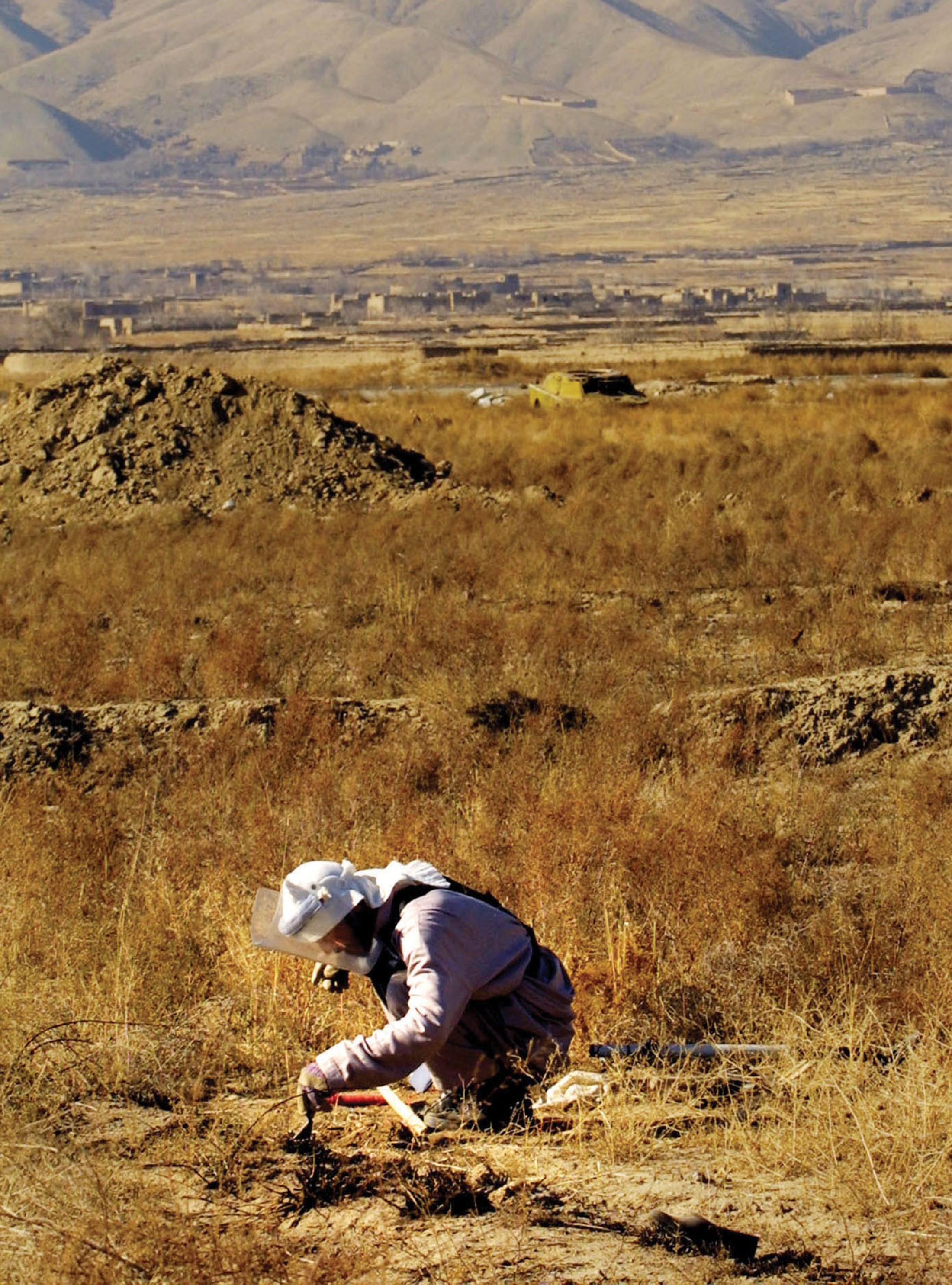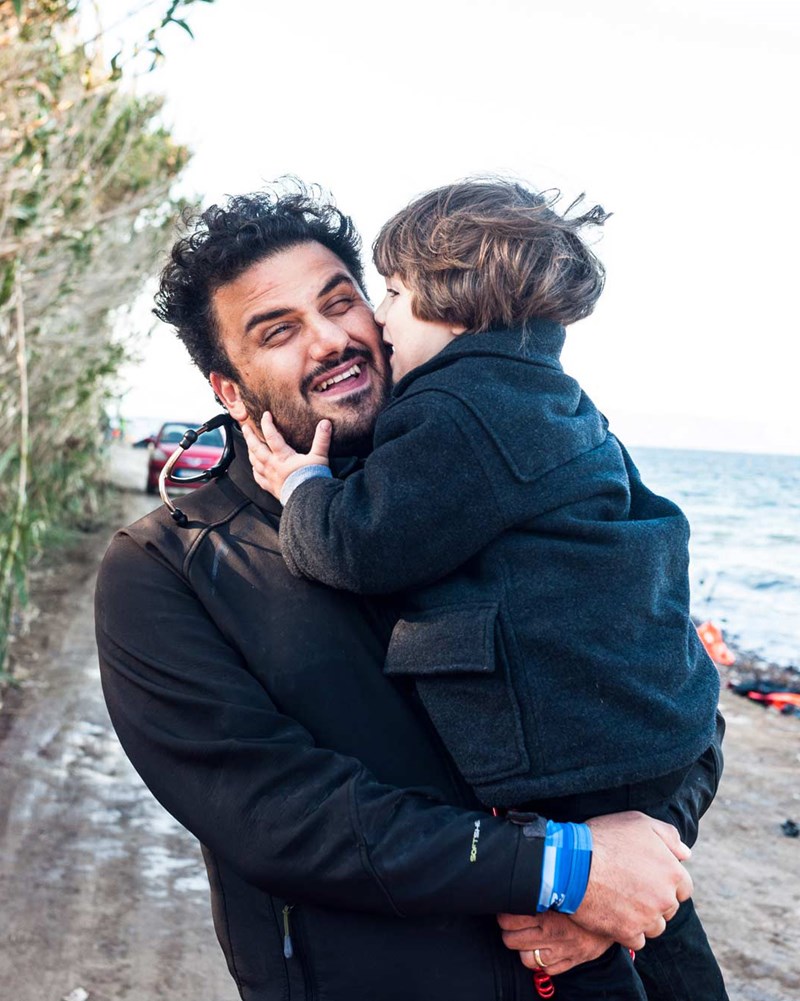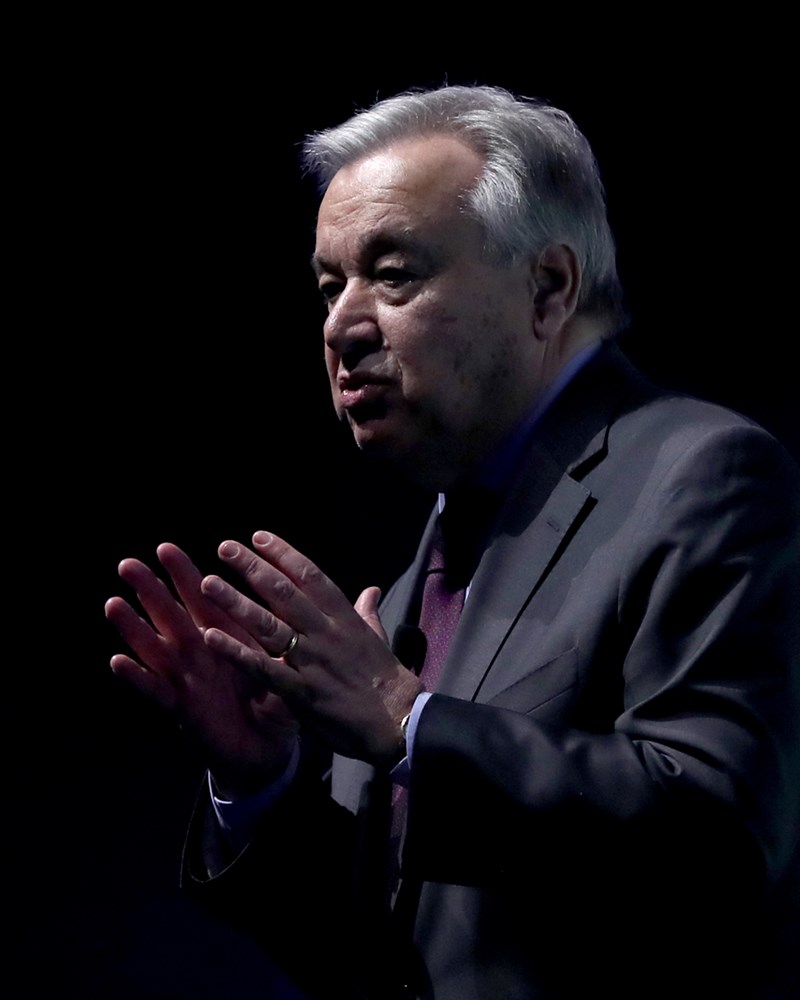Afghanistan’s killing fields
We have a saying in Dari that we have skinned a cow to the end, and only the tail is left. Mine clearance is like that. Eighty per cent of the work in Afghanistan is done, so we’ve come a long way - but now we need to finish the job.
In every conflict, warring factions use any kind of warfare against each other. There are bombs, shells and artillery, and improvised mines, but not everything that is fired or dropped from the air will explode. These hazardous belts of land are what is left behind by conflicts, and they are dangerous or even lethal for the communities that return.
Afghanistan sees about 180 civilian casualties a month, and that’s mainly the result of mines and the explosive remnants of war. Some are the legacy of previous conflicts – such as the Soviet invasion and the civil wars – and others are the result of new contamination by armed opposition groups.
Each of these blocks of Afghan history is unique in terms of the type of explosives and mines left behind, and their impact is enormous.
About 70 per cent of Afghanistan’s income is based on agriculture, and mines prevent farmers from cultivating their land. They take a toll on infrastructure, education, and of course on civilians: those people who are killed, maimed or injured. Families can lose their breadwinner, or a village can be abandoned because of landmines. It’s devastating for communities.
Halo Trust was founded in Afghanistan in 1988, when the country was still under Soviet occupation and Kabul was a city under siege. At the time, I was a medical student. Electricity was scarce and there wasn’t much in terms of work, but it was the countryside that was the worst affected. It was burning with war, and heavily mined.
Halo began working in small mother and child health clinics in Kabul, to warn parents about the risks. We saw children with severe burns, women and children with no legs – really terrible injuries – and as a medical professional I thought that prevention was better than cure.
Afghanistan was our first demining programme. Then a second programme began in Cambodia and, gradually, Halo became what it is today: the largest humanitarian mine clearance organisation in the world. The trust clears about 25 to 28-square-kilometres of mine fields each year in Afghanistan, and millions of square metres of battlefields.
Monthly, it equates to several hundred mines, and as much as 100 tonnes of ammunition. We also have huge areas now that are contaminated with anti-vehicle mines, which are difficult to detect.
Demining isn’t rocket science but it’s very labour intensive. Detection is carried out metre-by-metre by hand, before the mines are isolated and destroyed. It’s a risky job, but if you have proper training, and enough of it, and you wear your protective equipment, it’s no more dangerous than road construction. Accidents do happen but they’re rare.
The work can be costly: our annual budget is just over $22m, and around two-thirds of this goes towards the salaries of deminers. But once you clear land, it’s done and dusted, and its value will rise. We can clear some areas for $0.40 per square metre, which is very cheap. The whole thing is like a machine – once a village is mine-free, we see roads and houses being built, schools reopening, businesses flourishing and incomes rising.
"Demining creates thousands of jobs for unemployed men who might otherwise be the firewood of insurgency."

The most important aspect of demining work is neutrality; without the community’s support, we can’t work. Because of this, our work in Afghanistan is Afghan-led, and Afghan-run. We have in excess of 3,300 employees, and the vast majority are nationals.
We recruit from mine-impacted communities which are often remote and marginalised, and where income, employment and literacy rates are low. The fabric of society here is the village shura, or council, so we approach them and share our employment criteria. We ask for people who are neutral, not involved in conflict, and who aren’t criminals or drug addicts.
The community puts the candidates forward and, because demining is seen as a noble job, there is respect for them, even among the armed opposition groups. It’s a win-win situation.
Afghan culture means demining is a man’s job, Recruits undergo a four-week training course before we deploy them, and we pay them $300 a month. We also give them literacy and paramedic training, which can act as another source of income. Demining creates jobs for thousands of unemployed young men of fighting age, who might otherwise be the firewood of insurgency. We’ve seen that poverty feeds instability, so its elimination is critical to the peace and stability of Afghanistan.
This is still one of the most mined countries in the world. Of 400 districts in Afghanistan, 250 have a problem with mines.
The two main challenges we face in completing the job are funding and security. Funding is in decline, because donors are diverting money to other conflicts in the Middle East and elsewhere, and there are also still areas that we cannot access for the safety of deminers. But mine clearance in Afghanistan is winning, inshallah; we just need support to finish the job.
Fifteen years ago, I visited a village near the border with Tajikistan that had been badly mined. The local mosque was destroyed, and it was almost deserted. We cleared the land, we dug a well for them, and paid for the mosque to be repaired.
Two years later, I returned, and I didn’t recognise the place. There was livestock, people were busy, and in the school children were sitting under the shade of the trees. I thought of the miseries they’d faced two years ago and now life was normal. These people were hopeful for the future again and for me this is huge. It’s what keeps me going. – PA







